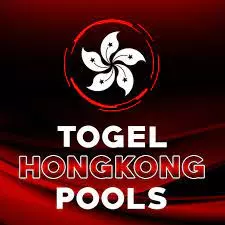Buying a Fire Extinguisher
Fire extinguishers are a key part of fire safety, and must be located within easy reach in any workplace or vehicle. There are several different types, each designed for different classes of fire. Some are available as a cartridge-operated system (like CO2 extinguishers), or as stored pressure units like water, dry powder and foam extinguishers. They are commonly found in commercial premises, offices, shops, schools and warehouses, but can also be fitted to vehicles – for example, those that carry flammable goods, passenger cars, boats and aircraft.
There are a number of important points to consider before buying an extinguisher. The first is to select the correct type of extinguisher for the fire class. Using the wrong type of extinguisher may do more harm than good by increasing the fire’s intensity and spreading the flames. It is also important to ensure that the extinguisher is placed in an easily accessible location, and that it is not blocked by furniture or doorways that might limit its use in an emergency. Finally, it is recommended that each extinguisher undergoes a basic inspection at least once per year to check the weight and externally validate its pressure and to make sure the labels are legible. In addition, for stored pressure units such as water, wet chemical, powder and foam extinguishers, it is possible to open up the unit to have its internal parts inspected and tested.
Dry powder fire extinguishers (class A, B or C) are available in a variety of sizes and colours, and can usually be used by anyone with minimal training. They contain a fine, dry chemical agent that smothers the fire by blocking the oxygen supply and stops it from re-igniting. There are also specialist powder extinguishers for tackling class D fires involving combustible metals such as lithium or magnesium.
Water mist fire extinguishers (class A, A, B or C) release a fine spray of microscopic de-mineralised water particles to starve the fire of oxygen and stop it from burning. They are suitable for a wide range of fires, including electrical equipment up to 1,000 volts. There are also specialised units for fighting lithium-ion battery fires in mobile phone chargers.
MET-L-KYL/PYROKYL fire extinguishers (class B and C) contain sodium bicarbonate and silica gel particles, which interrupt the chain reaction of the fuel and absorb any unburnt hydrocarbons to prevent them from re-igniting. Graphite-based wet chemical fire extinguishers are also available for class B and C oil and grease fires.
Foam fire extinguishers (class A or K) use an air-excluding foam blanket to smother the fuel and cool it below its ignition temperature. Foam can be produced as either an aspirated or nonaspirated formula, and is particularly effective for preventing re-ignition of class A fuels such as petrol or diesel.
Foam extinguishers containing traditional AR-AFFF formulations are now being phased out of production for the US market, with Amerex and Badger announcing their exit from this segment in 2021 and 2024 respectively. This means that newer foam extinguishers for the US market now only have class A or K ratings, whereas in Europe all foam models are rated for both classes.
